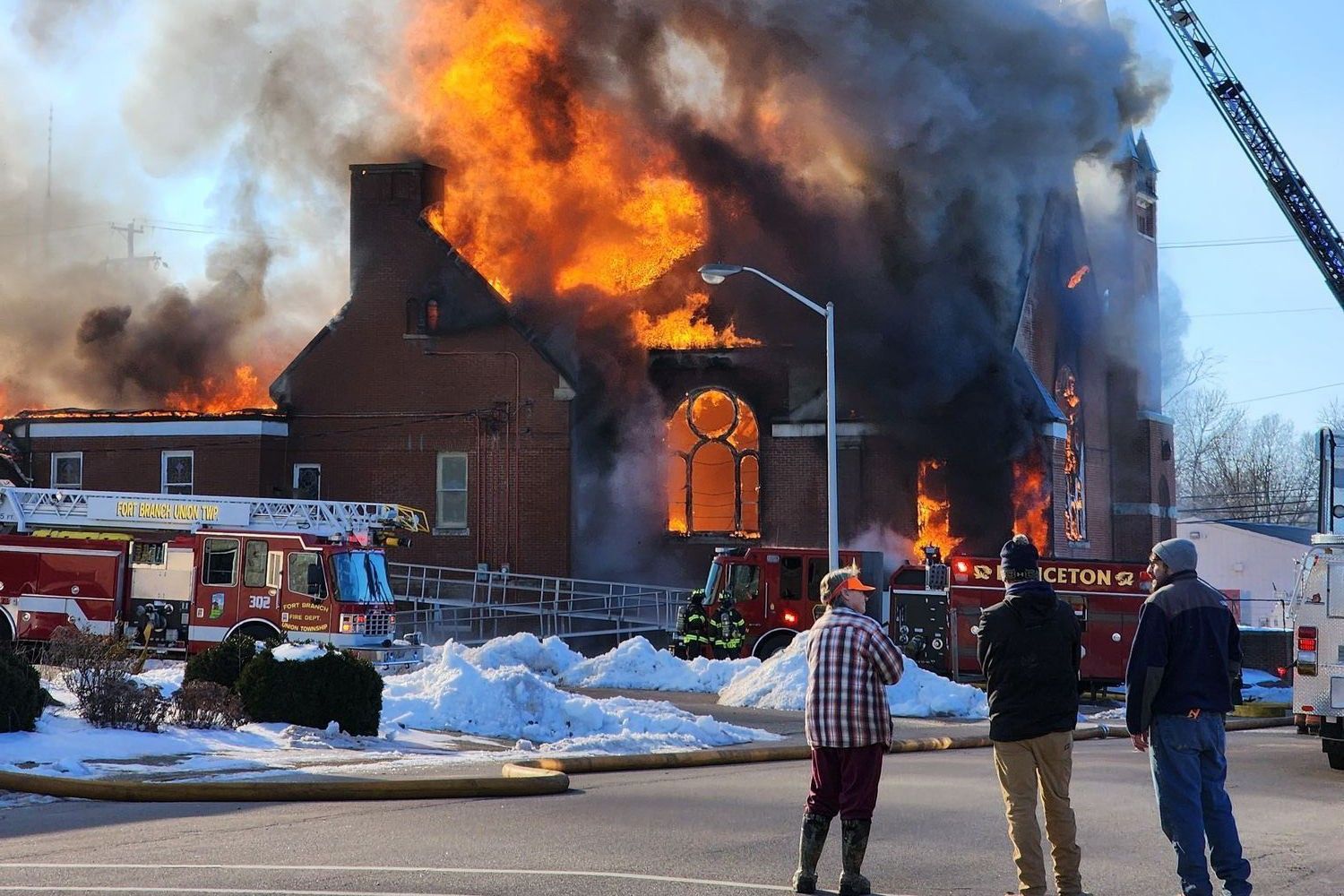
Did you know the Princeton Fire Department has been serving the community since 1788? That's right! This historic fire department has a rich history filled with fascinating facts. From its humble beginnings with bucket brigades to modern firefighting techniques, the Princeton Fire Department has evolved tremendously. Ever wondered how many fire stations they operate or what kind of equipment they use? You'll find answers to these questions and more. Curious about their training programs or community involvement? We've got that covered too. Whether you're a history buff or just interested in learning more about local heroes, these 25 facts will give you a deeper appreciation for the brave men and women who keep Princeton safe.
The Origins of the Princeton Fire Department
The Princeton Fire Department has a rich history that dates back to the early days of the town. Here are some fascinating facts about its beginnings.
-
Established in 1788: The Princeton Fire Department was founded in 1788, making it one of the oldest fire departments in the United States.
-
Volunteer-Based: Initially, the department was entirely volunteer-based, a tradition that continues to this day.
-
First Firehouse: The first firehouse was a simple wooden structure located on Nassau Street.
-
Early Equipment: Early firefighting equipment included leather buckets, axes, and hand-pumped fire engines.
-
Community Effort: In the early days, firefighting was a community effort, with townspeople forming bucket brigades to help extinguish fires.
Evolution of Firefighting Techniques
As technology advanced, so did the methods and tools used by the Princeton Fire Department. Here are some key developments.
-
Steam-Powered Engines: In the mid-1800s, the department acquired its first steam-powered fire engine, significantly improving firefighting efficiency.
-
Motorized Vehicles: By the early 1900s, the department transitioned to motorized fire trucks, replacing horse-drawn carriages.
-
Radio Communication: The introduction of radio communication in the 1930s allowed for faster and more coordinated responses to emergencies.
-
Hydraulic Tools: Modern hydraulic tools, such as the "Jaws of Life," were adopted in the 1970s, enhancing rescue operations.
-
Thermal Imaging Cameras: These cameras, introduced in the 1990s, help firefighters see through smoke and darkness to locate victims and hotspots.
Notable Fires and Incidents
The Princeton Fire Department has responded to numerous significant fires and incidents over the years. Here are some of the most memorable.
-
Nassau Hall Fire (1802): One of the most devastating fires in Princeton's history, the Nassau Hall fire destroyed much of the building, which was later rebuilt.
-
Blizzard of 1888: During this historic blizzard, firefighters braved extreme conditions to respond to emergencies and assist stranded residents.
-
Princeton University Library Fire (1948): A major fire at the university's library resulted in the loss of thousands of rare books and manuscripts.
-
Gas Explosion (1971): A gas explosion in a residential area caused significant damage and required a massive response from the fire department.
-
Hurricane Sandy (2012): The department played a crucial role in rescue and recovery efforts during and after Hurricane Sandy.
Training and Education
Training and education are vital components of the Princeton Fire Department's operations. Here are some insights into their training programs.
-
Fire Academy: New recruits undergo rigorous training at a fire academy, where they learn essential firefighting skills and techniques.
-
Ongoing Education: Firefighters participate in ongoing education and training to stay updated on the latest firefighting methods and technologies.
-
Community Outreach: The department conducts fire safety education programs in local schools and community centers.
-
CPR and First Aid: Firefighters are trained in CPR and first aid, enabling them to provide critical medical assistance during emergencies.
-
Specialized Training: Some firefighters receive specialized training in areas such as hazardous materials response, technical rescue, and fire investigation.
Modern-Day Operations
Today, the Princeton Fire Department is a well-equipped and highly trained organization. Here are some facts about its current operations.
-
State-of-the-Art Equipment: The department uses state-of-the-art equipment, including advanced fire trucks, rescue tools, and protective gear.
-
Emergency Medical Services: In addition to firefighting, the department provides emergency medical services, responding to medical emergencies and accidents.
-
Mutual Aid Agreements: The department has mutual aid agreements with neighboring towns, allowing for coordinated responses to large-scale emergencies.
-
Fire Prevention: Fire prevention is a key focus, with regular inspections of buildings and public education campaigns to reduce fire risks.
-
Community Involvement: The department remains deeply involved in the community, participating in local events, parades, and charity fundraisers.
Final Thoughts on Princeton Fire Department
The Princeton Fire Department has a rich history and a strong commitment to keeping the community safe. From its humble beginnings in the 1700s to its modern-day operations, this department has evolved significantly. The volunteer firefighters who serve are dedicated and passionate, often risking their lives to protect others. Their training is rigorous, ensuring they’re prepared for any emergency. The department’s involvement in community events and educational programs highlights its role beyond just fighting fires. They’re a cornerstone of Princeton, fostering a sense of security and community spirit. Whether it’s responding to a fire, conducting safety inspections, or educating the public, the Princeton Fire Department remains a vital part of the town’s fabric. Their unwavering dedication and service make them true local heroes.
Was this page helpful?
Our commitment to delivering trustworthy and engaging content is at the heart of what we do. Each fact on our site is contributed by real users like you, bringing a wealth of diverse insights and information. To ensure the highest standards of accuracy and reliability, our dedicated editors meticulously review each submission. This process guarantees that the facts we share are not only fascinating but also credible. Trust in our commitment to quality and authenticity as you explore and learn with us.
